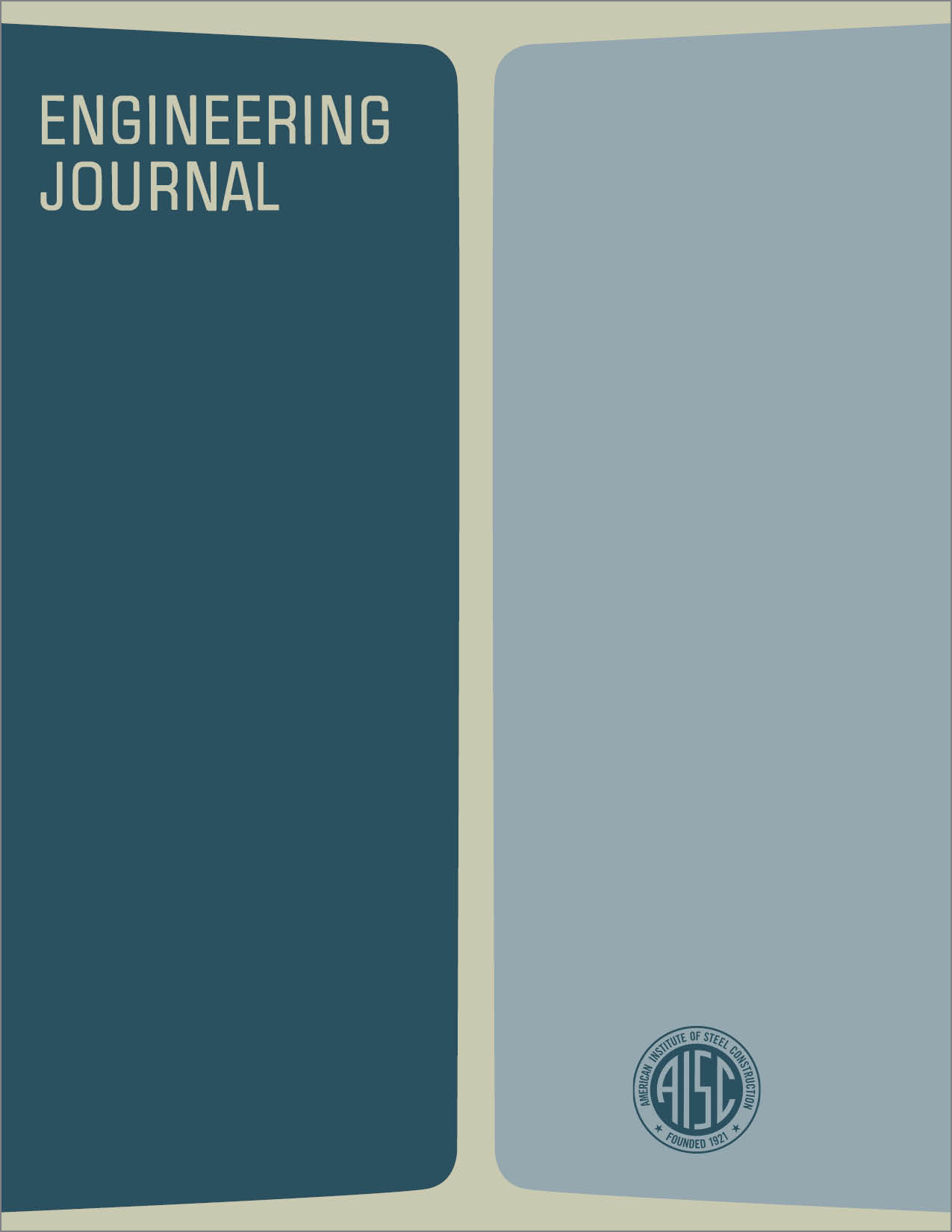Analysis and Design of Framed Columns Under Minor Axis Bending
DOI:
https://doi.org/10.62913/engj.v16i2.333Abstract
Columns in a building frame are often subjected to combined axial load and bending moment as a result of the frame action in resisting applied loads. A major concern in the design of framed columns is the effect of instability, which may reduce significantly the strength of the column or entire structure. There are two types of instability failure to which careful consideration must be given in design: member instability and overall frame instability. Figure 1a shows a typical load versus lateral deflection relationship of an unbraced frame. The gravity load P acting through the lateral deflection produces a secondary overturning moment, called P-D moment in the current literature. This additional moment reduces the strength and stiffness of the structure. Failure occurs when the lateral stiffness becomes so small that it is insufficient to resist any increase of the applied load. This is represented by the peak (instability limit) of the load deflection curve. The member instability effect results from the axial load acting through the deflection d occurring within the individual columns (Fig. 1b). It is obvious that if a frame is fully braced against sidesway only member instability effect need be considered in the design of its columns. Experience has shown that in a sway frame, frame instability is considerably more important than member instability, but the latter could lead to premature local failure. It has been reported that member instability may limit the load-carrying capacity of an unbraced frame even if the structure as a whole still has adequate stiffness to resist frame instability. This paper deals with the analysis and design of framed columns subjected to minor axis bending. Both sway and non-sway columns are included in the study. A review is presented of the current design procedures, which are based largely on the previous studies on columns bent about the major axis. For non-sway columns, the interaction formulas given in the AISC Specification have been found to give results which do not agree well with the theoretical solutions. For sway columns, specific design provisions need to be developed to account for the effect of frame instability.

